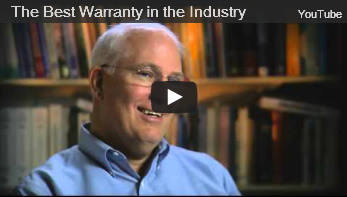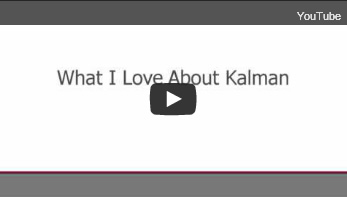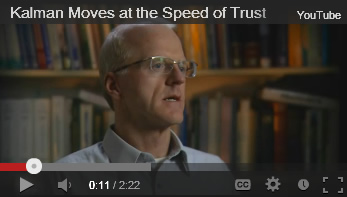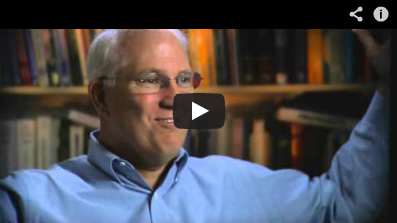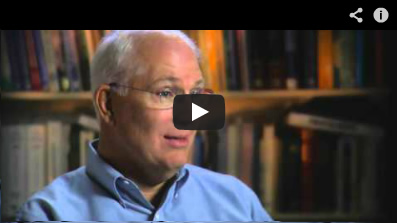
It Costs Less to Work With Kalman, But You Have to Pay a Little More.
Kalman Floors have the lowest ultimate lifetime cost of ownership in the industry.
The installation costs of a new industrial warehouse floor are only a portion of the floor’s ultimate lifetime costs; costs that increase annually due to inflationary factors.
Settling for a standard, general-contactor-type concrete floor, will reduce the cost of construction, but unanticipated maintenance costs are caused by the floor itself.
Long-term maintenance costs are not generally considered during the design, or installation, of the less expensive floors and, often, owners are unaware of the ultimate lifetime costs.
Investing in a floor with Absorption Process® concrete topping bonded to a Kalman Seamless Concrete® shrinkage compensating slab provides a wearing surface that is denser and stronger with excellent resistance to the damaging abuse of daily operations.
Guaranteed performance savings are built into the longer lasting premium stone-densified, bonded topping alternative. The savings are the result of proper planning, supervision, skilled workmanship, selection of the best materials, unique mix designs and special installation techniques that, while they increase the initial installation costs, eliminate many of the ultimate lifetime costs.
“Warehouse managers are measured in terms of their performance. If their performance is inhibited by slow-moving vehicles that reflects on them. So they prefer to see our floor system in the warehouse,” according to Carl Ytterberg, CEO of the Kalman Floor Company
There are five major inefficiencies in standard, contractor-grade floors that result in additional lifetime costs:
- More control joints are required to prevent cracking and control slab shifting. These joints quickly destroy the wheels of material handling vehicles, and, the wheels chip the joints. Preventing this damage requires monitoring and controlling vehicle speeds, which slows production. Add to this the replacement cost of wheels, bearings, fork truck transmissions and damaged merchandise falling during transport, and the hidden costs mount up quickly.
- Uneven surfaces cause wear and safety problems. Material handling vehicle friction and vibration can ruin an uneven floor. Increasing demands for higher racking requires concrete floors with greater smoothness and level tolerances. Less expensive floors limit racking heights and the types of vehicles used to handle the warehouse contents.
- No resistance to sudden impacts or gouging. Less expensive floor surfaces are not resistant to the damaging impacts of falling objects, nail gouging or the grinding of steel wheels. Immediate patching is required, and eventually, resurfacing of badly-damaged areas. Repairs must be scheduled during non-working hours at overtime wages.
- Unattractive appearance. In ordinary unpolished concrete, tiny particles of dust are pushed to the surface through “efflorescence”. Dust is also produced by vehicle friction. Daily cleaning is required. Sealing or other coatings may also be required to maintain sanitary, healthy conditions and the best appearance.
- Minute holes in the surface allow liquids and foreign matter to penetrate.
Less expensive floors quickly absorb spilled liquids such as oil, solvents and chemicals. The penetration of these liquids weakens the surface and eventually requires repair. The embedment of foreign particles, such as metal shavings, also requires constant attention.
The advantage of paying more up front to lower the ultimate lifetime costs of ownership
“It costs more on bid day to put Kalman’s number in the spreadsheet. That has to be reconciled by the owner or the design-build team, whoever the decision makers are. When you consider those long-term maintenance costs, there is no question that they are saving money for years with their Kalman Floor,” explains a sales engineer.
“Let’s say you build 100,000 square feet and the normal cost is $3.50 a square foot for a standard contractor grade install. Let’s say the premium to install a Kalman is $1, so $4.50 a square foot. That’s a $100,000 increase cost of construction. But if in the cost of running the floor, we save the owner 25 cents a square foot for 30 years, the math gets pretty easy. 25 cents times 100,000 is $25,000 times 30 years and you are saving $750,000, if you are willing to look over the long view for the life of the facility. We have stories of floors in service way longer than 30 years and relationships with those owners for 50 and 60 years.
“We must be saving money for somebody. In other words our proof in this cost and longevity argument is born out by the fact that companies have been buying from us for 50 and 60 years.”
The economic payoff built into a Kalman floor
- Reduced vehicle maintenance and repairs. Drastically reducing the number of floor joints pays off quickly. Warehouse operations are continually adding more material handling vehicles and pushing operating hours to 24 hours a day, six days a week.
- Allows for higher racking with closer spacing. High-stacking warehouses require super flat, very smooth floors. These exacting tolerances keep truck mast deflection at a minimum. Consistent flatness allows forklift operators, working in confined spaces, to be more confident they can maneuver the 1 ½ inch thick forks into and out of the 3 ½ inch pallet openings.
- Cleaning and repairs are minimized. A Kalman floor is impact resistant, easier to clean and is dense enough to repel water, oil, and other contaminants, preventing them from penetrating the surface. Dust is eliminated and cleaning frequency is minimized.
- Improved employee performance. Employees tend to be more productive in clean, bright surroundings. Their pride in the work environment is reflected in better care of merchandise.
- Reduction in cleaning and polishing costs. The built-in gloss provides clean appearance, is light reflective for increased safety and is self-burnishing reducing the need for polishing.
The ongoing cost allocation debate
Pay less up front without considering maintenance costs – VERSUS – Pay more up front and get paid back with reduced operation costs
“The way I have always looked at it is the owner’s cost is our cost,” commented Carl Ytterberg. If we can make our cost lower in terms of install and in terms of long term maintenance, that will pay off for them and for us. We have chosen systems and approaches to construction that deliver on those issues of long-term durability and low maintenance. Owners perceive that as a real value. Long-term warranties cost us money so we want to have very low maintenance products to begin with.
“Many companies, especially the large distributors, are organized along departmental lines — engineering team, facilities team, financial team and the operations guy who runs the facility. The economic payback may be very important to some groups and less important to others.
“Kalman’s price is often higher on bid day than the standard contractor-grade floor because the owner is getting more. The payback comes from savings related to maintenance on the floor and the vehicle fleet. That is most important to the operations guy who may or may not have input during the bid process.
“When you consider those long-term maintenance costs, there is no question that they are saving money for years with their Kalman Floor,” Ytterberg said.
May we send you a free Payback Analysis?
We’ll illustrate for you the amount of time it takes to pay back the initial costs with long term savings.
The Kalman Floor Company produces the world’s most cost-effective industrial concrete floors. With offices in 11 U.S. cities, there is a Kalman office near you. High performance floors have been installed by Kalman in all 50 of the United States, Australia, Canada, Italy, Mexico, and Puerto Rico and throughout Europe.


